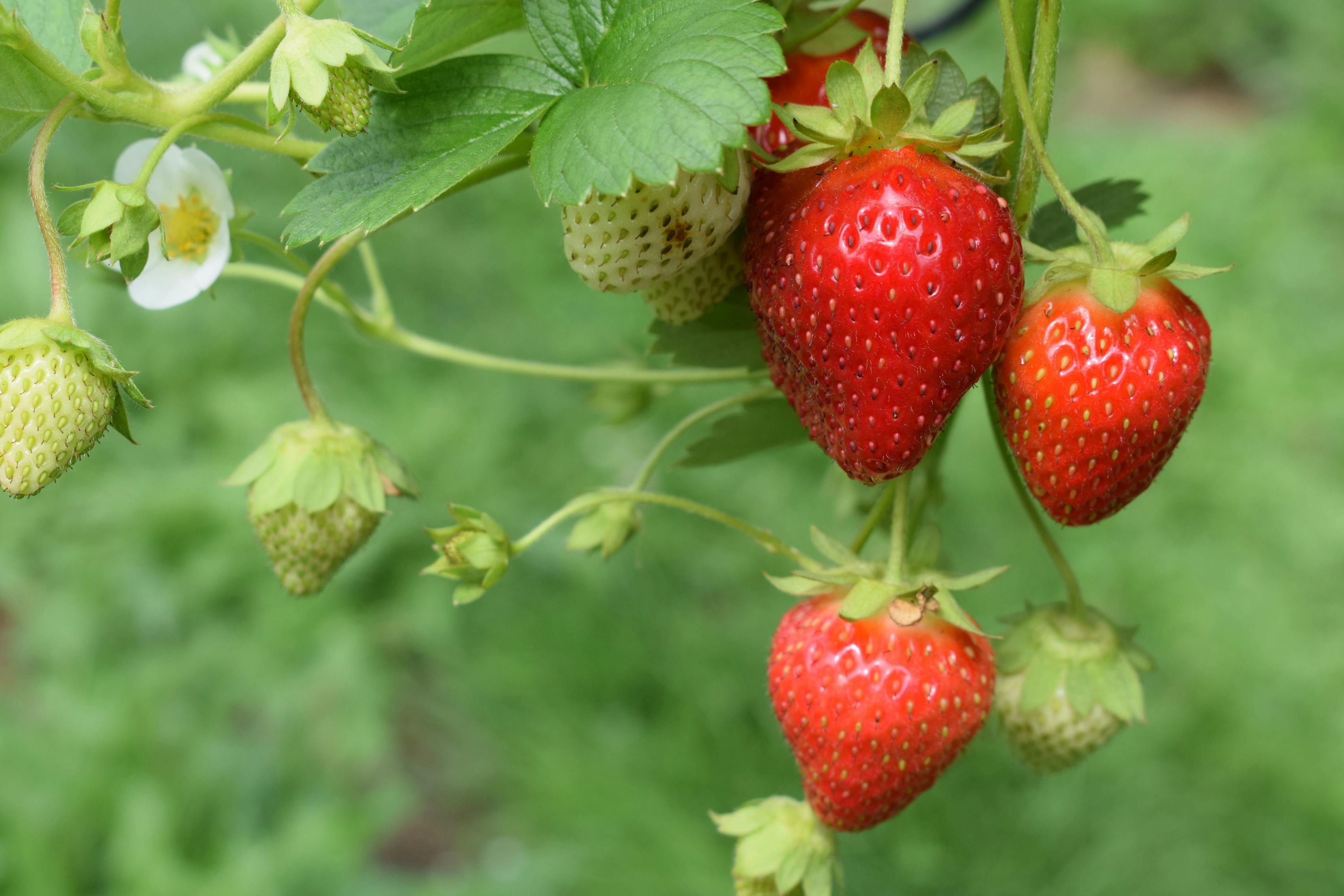
Welcome to the thick of summer, the hottest part of the year. Here are some essential tasks to keep your garden thriving:
cut flowers + nectar flowers
- Pinch out annuals to encourage bushier growth.
- Take cuttings of tender perennials.
- Clear out earlier-flowering biennials and replace them with half-hardy annuals.
- Thin biennials to promote healthy growth.
- Cut lavender for drying, choosing newly opened flowers for the best fragrance.
- Give dahlias a liquid feed, keep them well watered, and tie the shoots of tall varieties to sturdy stakes as they grow.
- Hoe and hand-weed borders often to prevent weed seeds from spreading.
- Water and feed sweet peas regularly, picking the flowers every few days, and removing seed pods to prolong flowering.
- Plant autumn bulbs, such as nerines, colchicums, and sternbergia, in pots and borders.
- Feed, water, and deadhead summer bedding regularly in pots, borders, and hanging baskets.
- Cut back early summer perennials, such as hardy geraniums and delphiniums, after flowering for a second flush.
- Take softwood cuttings from shrubs like pyracantha, hydrangeas, and spiraea.
- Keep an eye out for pests like lily beetles, snails, aphids, and vine weevils, and remove them to minimise damage.
- Sow biennials, including foxgloves, honesty, forget-me-nots, and wallflowers, for blooms next year.
Garden Greens
- Check crops like runner beans regularly for aphids and remove them by rubbing or washing them off.
- Water thirsty plants such as celery, beans, peas, courgettes, pumpkins, and tomatoes regularly.
- Make the last pickings of rhubarb and remove any flower spikes that start to form.
- Thin out heavy crops of apples, pears, and plums, removing any malformed, damaged, or undersized fruits.
- Sow a last batch of peas and dwarf beans for an autumn harvest.
- Shorten side shoots growing from the framework of trained fruit trees, leaving about five leaves from their base.
- Water fruit trees and bushes, then apply a thick mulch of garden compost around their base to retain moisture.
- Cover brassicas with fine netting to protect them from cabbage white butterflies.
- Peg down strawberry runners into pots of compost to propagate new plants.
- Harvest courgettes regularly to prevent them from turning into marrows.
- Sow small batches of fast-maturing salad leaves, rocket, and radishes every few weeks for continuous harvest.
- Cut down broad beans after harvesting, leaving the roots in the soil to release nitrogen as they decompose.
Greenhouse
- Open greenhouse vents and doors on warm days to improve air circulation.
- Continue pinching out side shoots from tomatoes.
- Take cuttings from fuchsias, coleus, pelargoniums, marguerites, and other tender perennials.
- Water tomatoes daily to prevent drying out, which can cause split fruits and blossom end rot.
Odd Jobs:
- Water plants regularly and keep weeds under control.
- Feed sweet peas and roses to promote continuous flowering.
- Clean up pondweed and top up pond water as needed.
- Give houseplants a summer holiday by taking them outside, cleaning their leaves, and providing proper care.
- Take care of pot plants outdoors, gradually acclimatizing them to the garden environment.
- Harvest a variety of crops, including brassicas, roots, salad crops, edible flowers, leafy greens, legumes, squash, other vegetables, herbs, and fruits.
- Harvest courgettes regularly to prevent an abundance of marrows.
- Mulch fruit trees and bushes to retain moisture.
- Protect brassicas with fine netting to prevent cabbage white butterflies from laying eggs.
- Sow winter vegetables like kale, spinach, and cabbage for future harvest.
- Continue harvesting potatoes, beans, garlic, globe artichokes, lettuce, beetroot, and radishes.
By tending to these tasks, your garden and allotment will thrive during the peak of summer, providing you with an abundance of fresh produce and beautiful blooms.